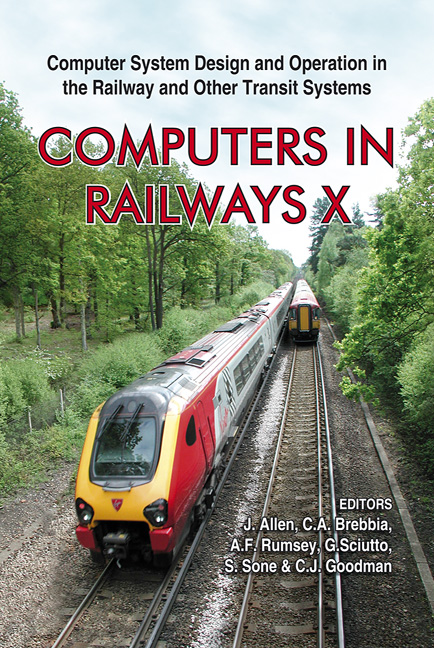Railway Car Dynamic Response To Track Transition Curve And Single Standard Turnout
Price
Free (open access)
Transaction
Volume
88
Pages
10
Published
2006
Size
478 kb
Paper DOI
10.2495/CR060831
Copyright
WIT Press
Author(s)
J. Droździel & B. Sowiński
Abstract
In this paper vehicle dynamic responses to clothoidal, sinusoidal and parabolic types of transition curves are considered. The responses such as vehicle motion and wheel-rail forces are significantly dependent on the type of curve. Also the dynamic interaction between the railway car and a track on a switch and a crossing of a standard turnout is considered. It was made for car-running direction \“on” and \“from” a switch facing point, and for nominal and geometrically imperfect track. The results imply the conclusion that specific transition curve and turnout parameters create a vital cause of dynamic interaction growth between a vehicle and a track. Keywords: vehicle, track, dynamics, transition curve, standard turnout. 1 Introduction In this paper, the railway car–track system dynamic interaction influenced by track transient excitations is presented. A few transition curves and a single standard turnout are taken into account. Simulation results are obtained and discussed for elastically moveable rails. Modern railway tracks designed for high speed traffic should meet a number of requirements regarding travel comfort and safety. Designed transition track geometry changes may cause additional dynamic forces which are dependent, among others, on the shape and magnitude of these changes. During track operation the changes are additionally affected by the state of track maintenance. They are also the cause of increased local degradation of track components. For analyzing dynamic processes of this type, an appropriate simulation model was elaborated.
Keywords
vehicle, track, dynamics, transition curve, standard turnout.





